We may earn money or products from the companies mentioned in this post. This means if you click on the link and purchase the item, I will receive a small commission at no extra cost to you ... you're just helping re-supply our family's travel fund.
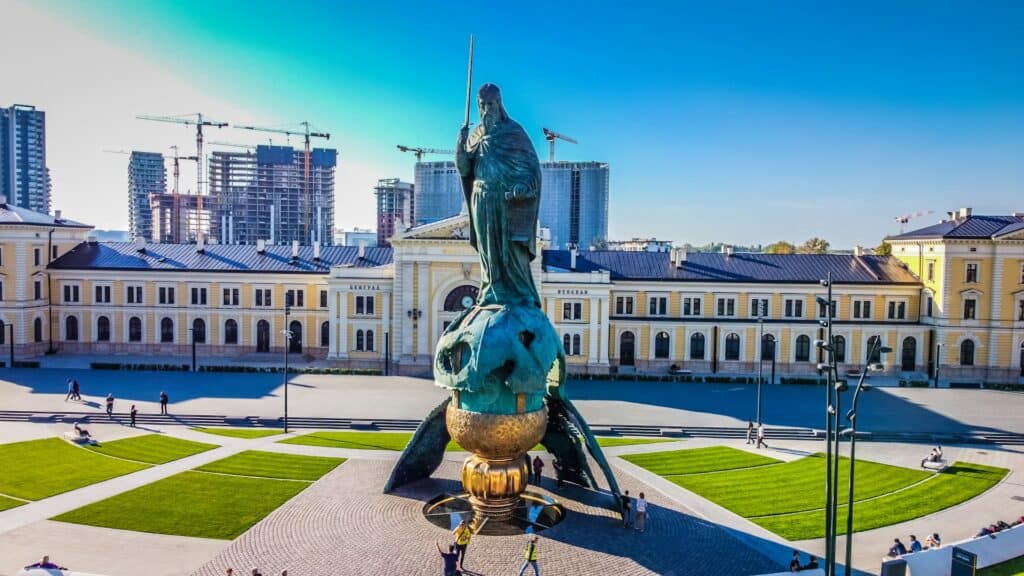
Across Europe, quiet corners still offer the same sense of beauty, rhythm, and daily pleasure that travelers chase in the big capitals. These cities have stories, markets, and architecture that feel just as rich but are lived at a more human scale. They don’t drain wallets or energy, and they reward curiosity more than status. Here, good meals, walkable centers, and real local life come easy without sacrificing culture or comfort.
Porto, Portugal
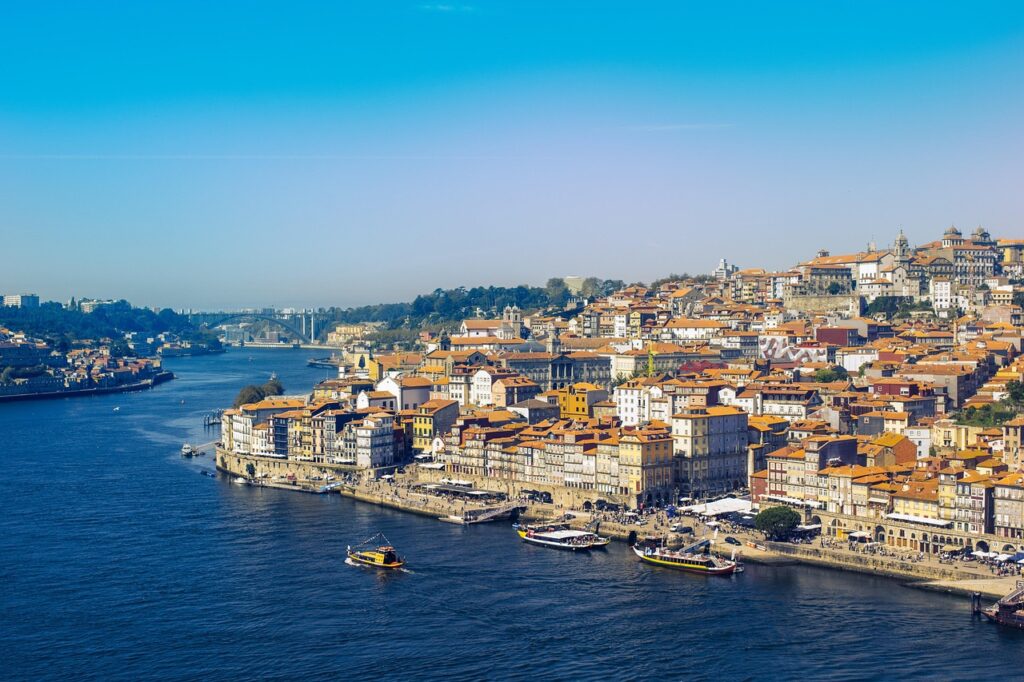
Porto feels grounded in its own rhythm. The city rises from the Douro River in layers of tiled facades, steep alleys, and laundry lines that frame every view. Port wine cellars sit across the bridge, offering tastings for a few euros, and dinner in a neighborhood tasca rarely costs more than a quick lunch in Paris. The old trams still creak along the hills, and evenings drift between music, sea air, and the smell of grilled sardines.
Valencia, Spain
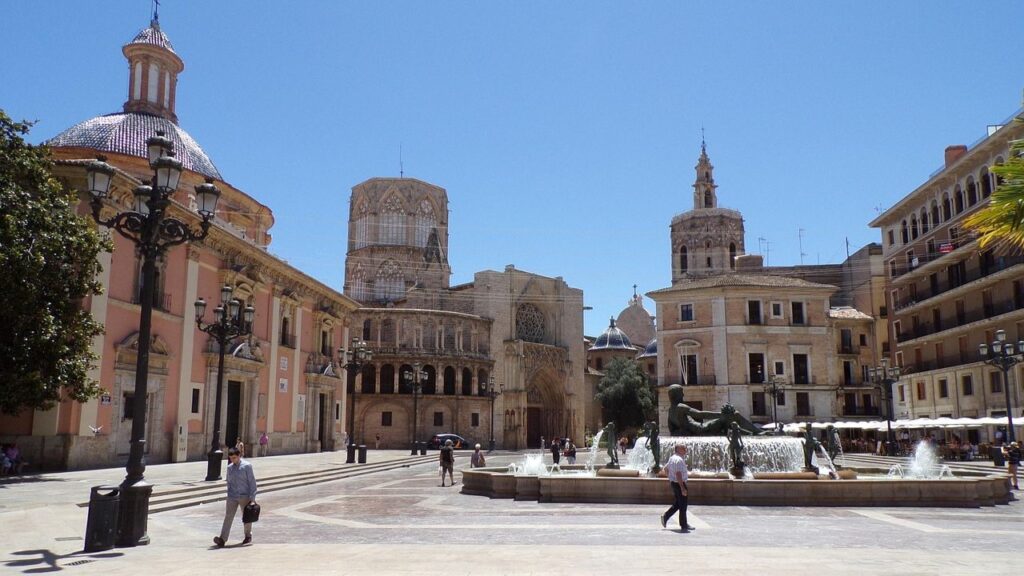
Valencia mixes beach life with serious culture. Locals eat paella where it was born, then bike from the golden sands to the futuristic City of Arts and Sciences. Markets brim with oranges, seafood, and saffron, while the warm Mediterranean light makes even ordinary streets look cinematic. It’s big enough to feel dynamic but calm enough to enjoy without rushing, and prices stay kind—especially for those who linger outside the summer crush.
Kraków, Poland
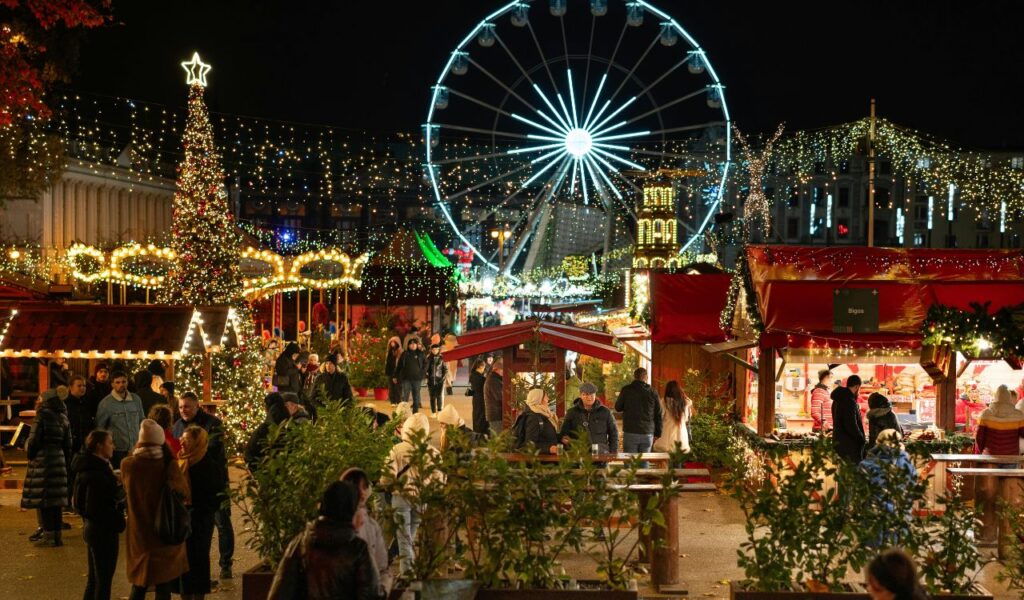
Kraków wears its history openly, from the echo of footsteps on Wawel Hill to jazz spilling from cellar bars. The city’s heart beats in Rynek Główny, Europe’s largest medieval square, where street performers share space with flower sellers and late-night cafés. Meals come generous and affordable, and the tram system keeps every sight within easy reach. Day trips to the salt mines or mountain foothills add richness without adding strain to a travel budget.
Riga, Latvia
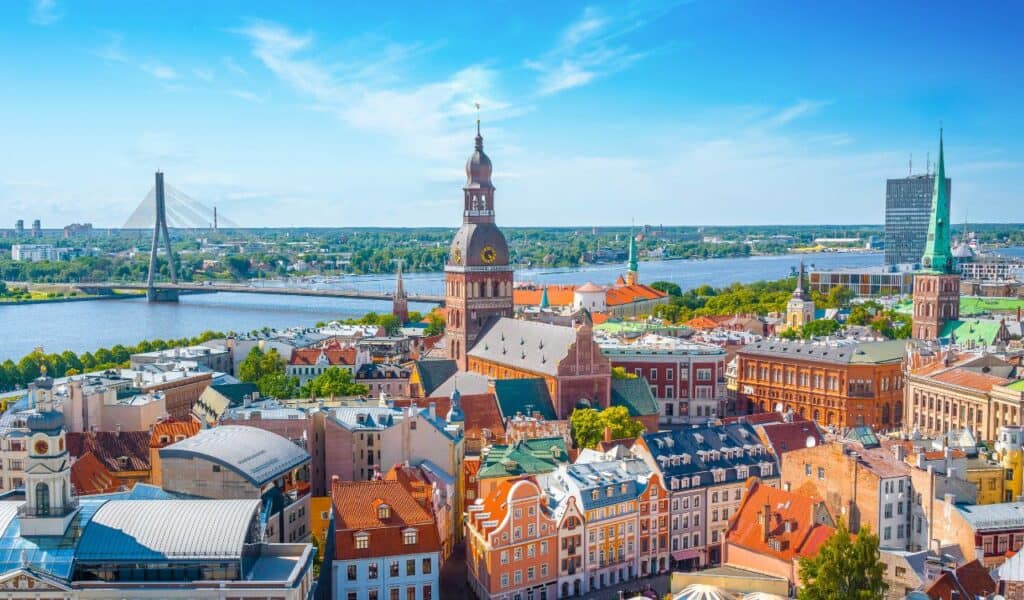
Riga’s streets feel like an open-air gallery of Art Nouveau curves and Baltic calm. The massive Central Market, set in old Zeppelin hangars, fills with fish, bread, and berries for a few euros. Coffeehouses and river walks give space to think, and most museums cost less than a cocktail in Paris. The city has energy without hurry, beauty without ego, and an honesty in its simplicity that makes long stays feel natural, not indulgent.
Vilnius, Lithuania
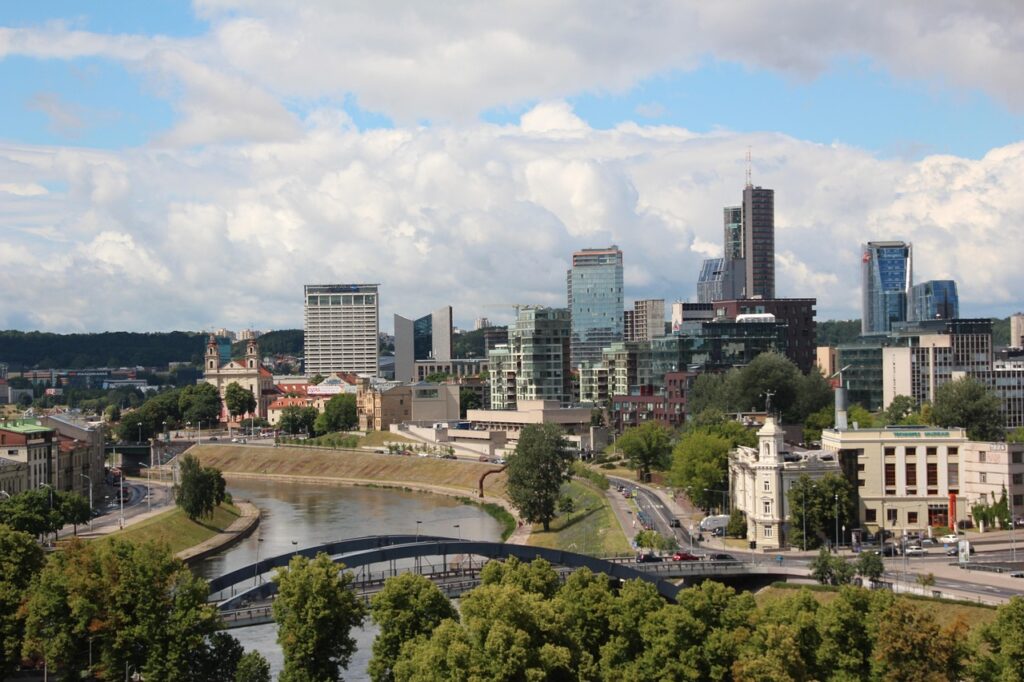
Vilnius feels like a secret garden of baroque spires and forested hills. It’s compact but layered with stories—old monasteries turned into artist spaces, cafes tucked into courtyards, locals who love to talk about books and music. Prices still favor travelers, so staying a week costs less than a weekend in Western Europe. Nights stretch into long conversations over honey beer, and mornings begin with slow walks through misty cobblestone lanes.
Ljubljana, Slovenia
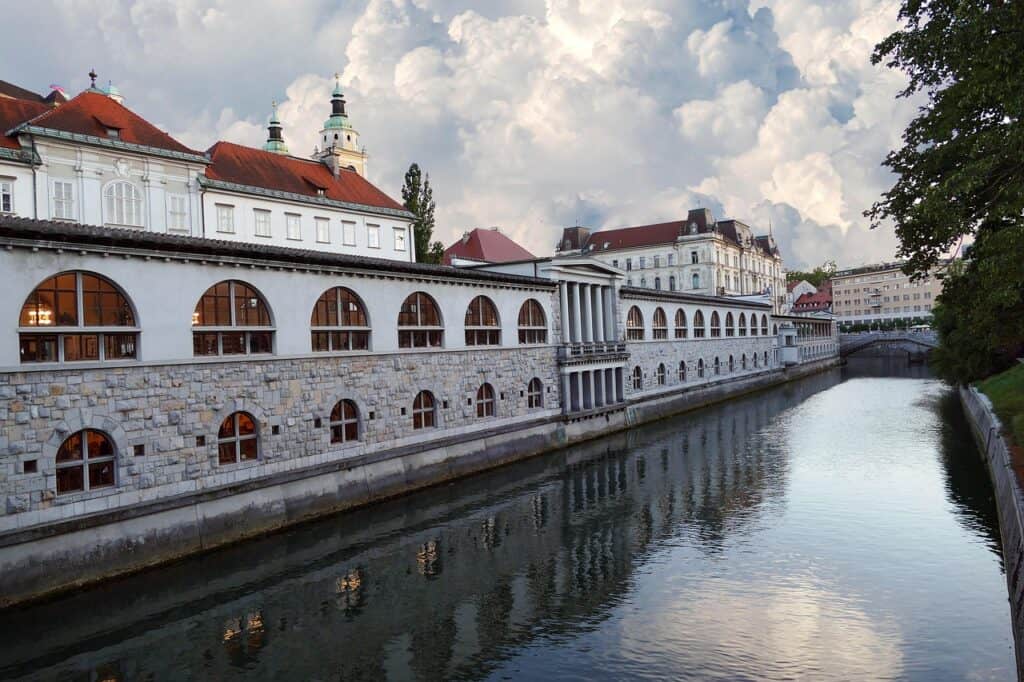
Ljubljana moves at the pace of its river. Pedestrian streets curve around bridges lined with musicians and small cafés, where locals sip wine made just outside town. It’s clean, creative, and quietly confident. Hotel rates stay moderate, public transport works, and even day trips to Lake Bled or the Karst caves fit easily into a small budget. The city never feels like it’s trying too hard, which makes it even easier to love.
Seville, Spain
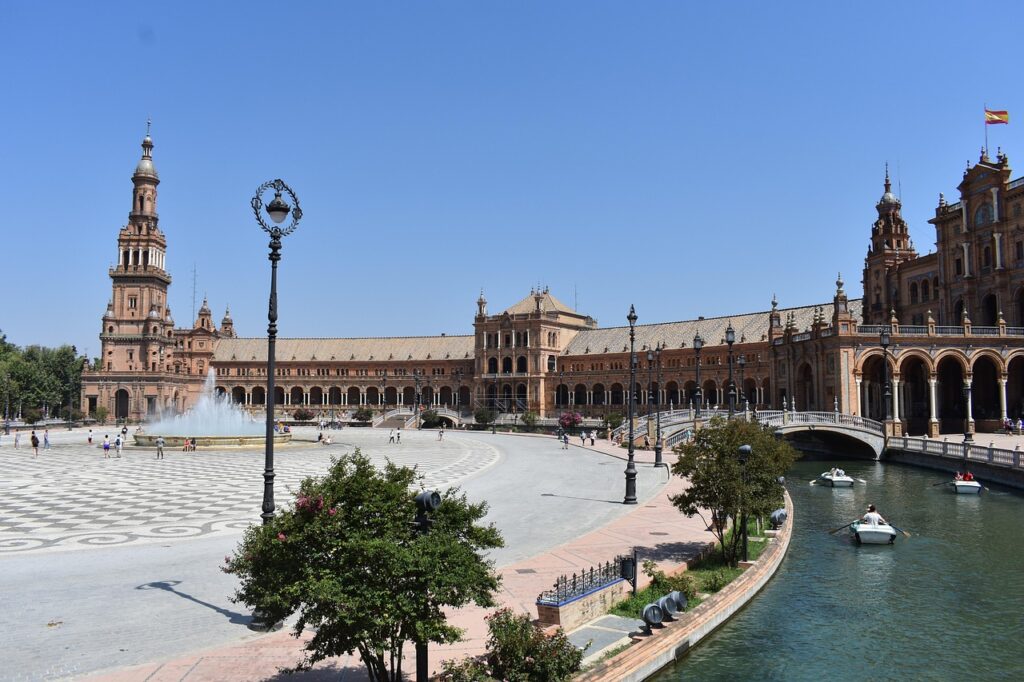
Seville glows in the late afternoon when the heat softens and guitar notes drift from doorways. The Alcázar dazzles with Moorish detail, and plazas bloom with orange trees. Tapas cost a few coins, sherry flows freely, and flamenco feels lived, not performed. Walking is free and endlessly rewarding here. It’s one of those cities where beauty hides in routine, and spending less doesn’t mean experiencing less.
Brno, Czech Republic
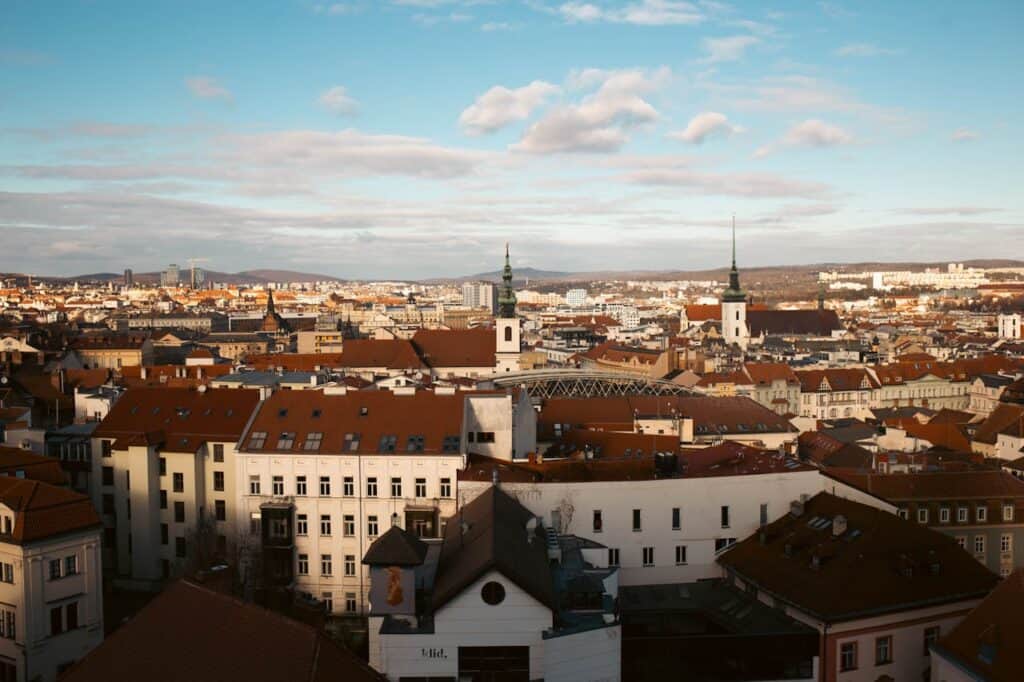
Brno is Prague’s cooler, quieter cousin. It has the same café charm and historic squares but without the crowds or inflated prices. Students fill its bars, galleries, and open-air markets, giving the city an easy, inventive feel. You can eat well, see modernist architecture, and visit Moravian vineyards all in a single day for half what it would cost elsewhere. It’s a place that grows on people who value substance over spectacle.
Belgrade, Serbia
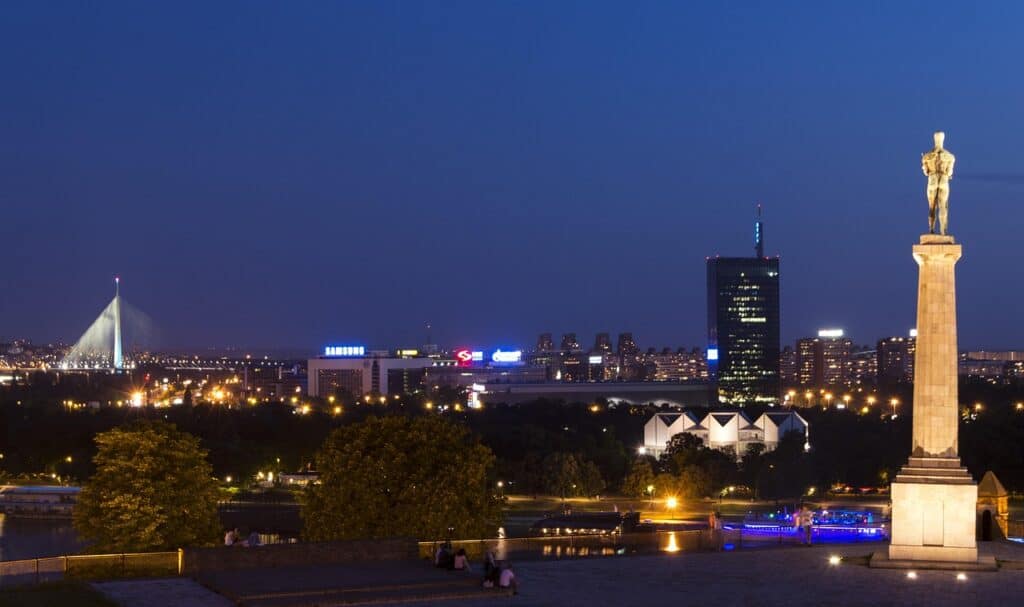
Belgrade is rough-edged but magnetic. The city sits where two rivers meet, full of contradictions and life. Old fortresses overlook floating clubs, and café terraces fill with people at every hour. Meals are generous, music pours from doorways, and prices feel decades behind Western Europe. What stands out most is how alive it feels—less polished, more real, and full of small surprises that remind you what travel is supposed to feel like.
Thessaloniki, Greece
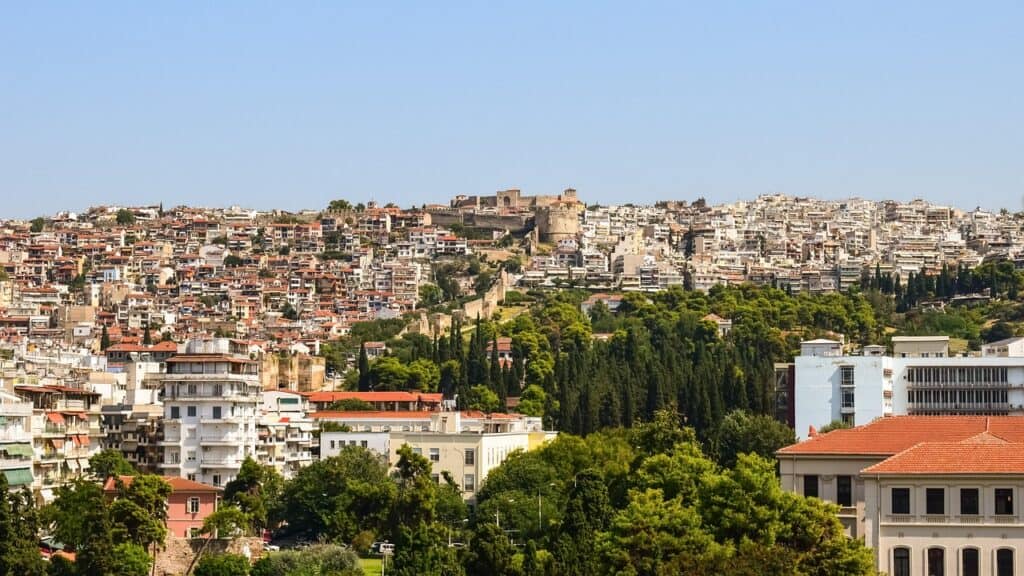
Thessaloniki lives close to the water and close to its heart. Byzantine walls climb the hills, street food sizzles, and sunsets spill gold across the harbor. Locals linger over coffee instead of rushing through the day, and visitors soon follow their lead. It’s a city that costs less but gives more—warmth, conversation, and the sense of belonging somewhere that doesn’t need to impress you.